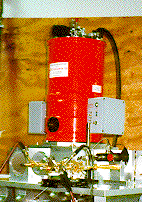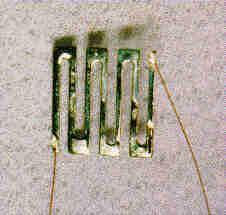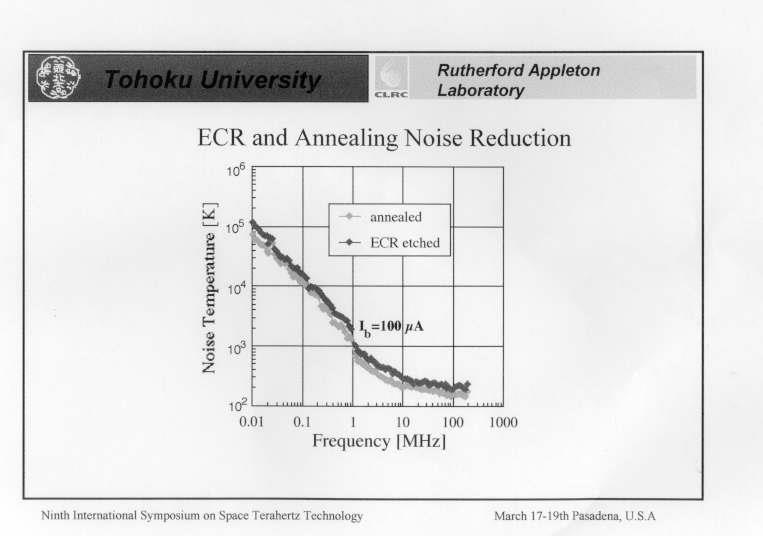Why use InSb mixers for high frequency ESR?
Liquid helium cooled InSb mixers are particularly suited to multi-frequency cw ESR measurements in the mm-wave and sub-mm-wave regime. They typically consist of a thin post of doped InSb material across a waveguide and rely on bulk absorption of the mm-wave radiation. They have the following advantages and characteristics:


- Very low system noise figures (typical system noise figures 500K-2000K, where system noise includes mixer noise, conversion loss, pre-amp noise and losses through vacuum windows and filters)
- Extremely wideband performance (The same mixer may be used over several waveguide bands - although different feeds may be required for optimal perforamnce)
- Very low 1/f noise (typically sub-kHz permittting wide range of modulation frequencies)
- Low local oscillator power requirements (Typically 1 microwatt)
- Useful when mm-wave power is limited
- Reduces effect of AM and FM noise on the local oscillator
- Very high power damage thresholds (greatly superior to point contact devices)
- Simple and easy to use
- Standard InSb mixers offer limited intermediate frequency bandwidth (typically 1MHz)
Low frequency ESR (10GHz) has traditionally used Schottky diodes operating in homodyne mode, with modulation frequencies around 100kHz to ensure 1/f noise is negligible. However, at higher frequencies the increased 1/f noise of the diodes means that this detection scheme is unsuitable for cw operation at mm-wave and sub-mm-wave operation.
The viewgraph below, kindly given to us by Chris Mann of the Rutherford Appleton Laboratory, show how rapidly the noise of Schottky diode based radiometers rise as IF frequencies are reduced to modulation frequencies found in ESR systems.
I/f noise in Schottky's receivers

The main choices are Schottky diodes operating in heterodyne mode or InSb mixer systems operating in homodyne mode. Both can offer similar levels of mixer noise, however, a heterodyne system requires that the phase noise of the local oscillator and signal are highly correlated (if phase noise is not to dominate). This normally requires the local oscillator to be derived from the source (usually through an upconversion or downconversion scheme), making systems more complex. The higher local oscillator power requirements of Schottkies can improve the dynamic range of the system, but also make the system more susceptible to the effects of AM and FM noise. Matching requirements of point contact diodes also make these systems narrow-band, thus requiring a different mixer for each frequency of interest. (Typically Gunn diodes will be used as sources followed by doublers and treblers perhaps permitting frequencies at 90GHz, 140GHz, 180GHz 220GHz, 270GHz). For cw multi-frequency studies InSb mixer systems can be very cost effective.
The main advantage of the Schottky heterodyne mixer is that it offers a higher IF bandwidth making such systems suitable for pulsed work, however recent technological developments at QMC also mean that other wideband detectors are also now under development with much larger IF bandwidths. s.